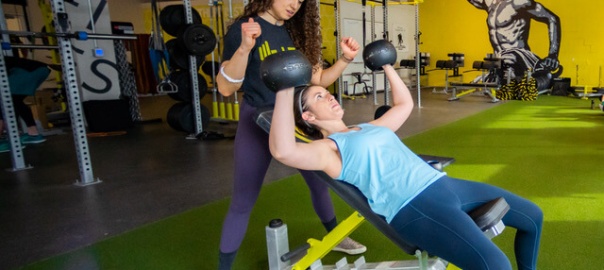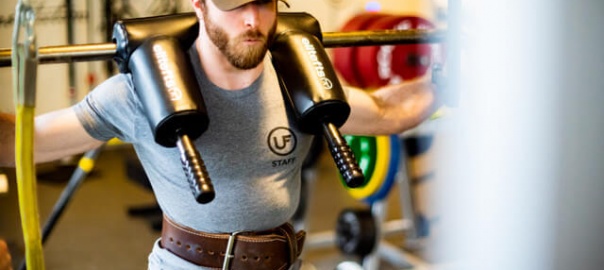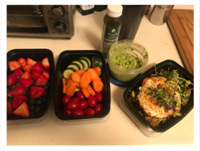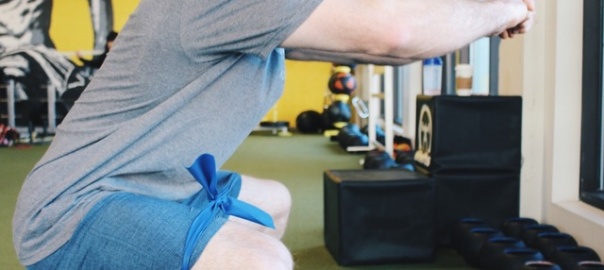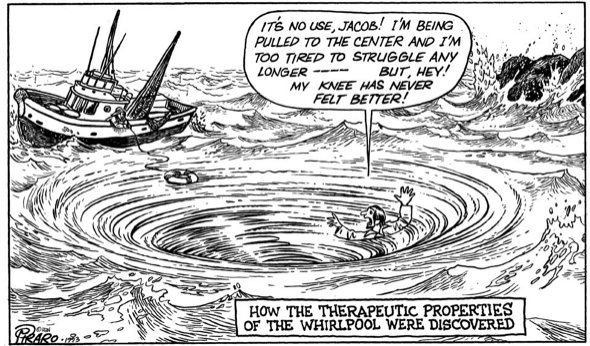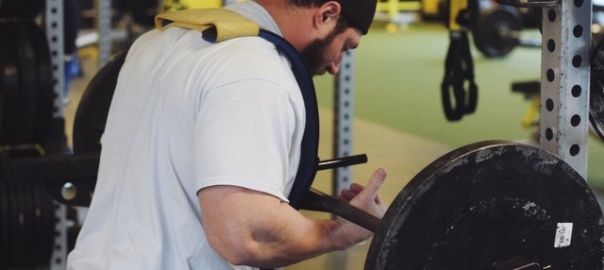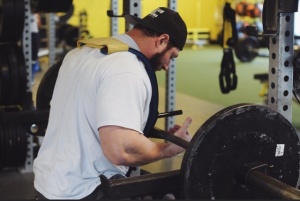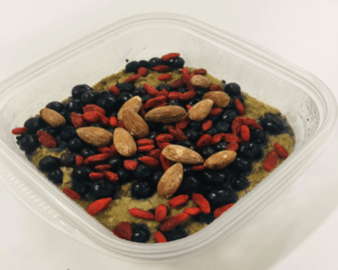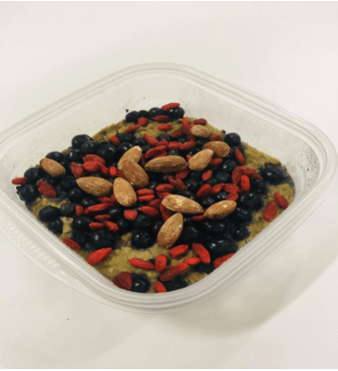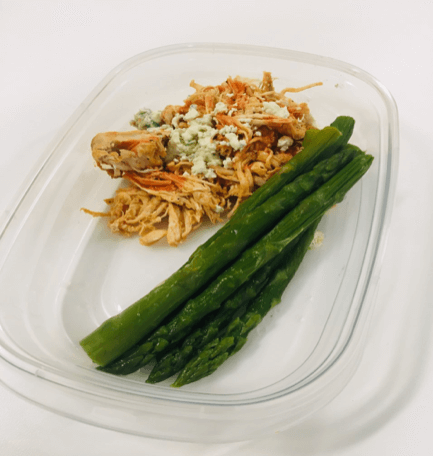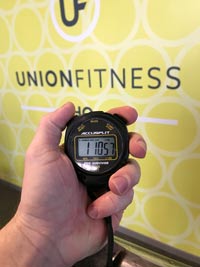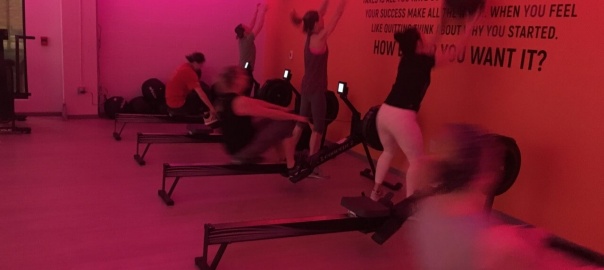Understanding Pacing
By: Lindsey Pogson
Welcome to Week 3 of our Cardio Lab series! If you haven’t read Ryan’s defense of the Basics class or Alison’s breakdown of work/rest intervals, I highly recommend you do so now.
If you’ve taken one of our Cardio Lab classes (or any other HIIT or Crossfit class), you’ve probably experienced redlining at least once: that feeling of being completely out of breath and desperate for air, dizzy, heart beating out of your chest, ready to puke. We’ve all been there, and I’ll actually go out and say it’s something everyone needs to experience at least once (or twice) in our lives to really understand what we’re capable of.
But if we’re redlining during every workout, we’re in real trouble. While it’s tempting to push ourselves to the brink in every class, it’s a surefire path to injury and burnout. We want you to make fitness a lifestyle, not something you do all-out for a month and then take three months off to recover. And frankly, you don’t NEED to redline to get a good workout! So with that in mind, what might be a better option?
You’ve probably heard me yelling “Pace yourselves” over and over again in my classes, particularly in the GRIT class. Pacing is the key to finding the balance between taking it too easy and pushing so hard you’re puking. Let’s get into WHY I’m constantly preaching pacing, and HOW I want you to do it.
Part 1: Steady wins the Race
You’ve heard it a million times before, and this time is no different: slow and steady wins the race. While I largely agree with this, you really don’t need to be slow to stay ahead, just consistent!
The most common mistake we see in Cardio Lab classes are people that go out way too hard at the start. And I’ll admit that I’ve been guilty of this – I told my Saturday class that the last time I’d attempted the 20 —> 1 Burpee workout, I started way too fast and redlined halfway through. You can avoid this with a simple strategy: take your first 5 minutes so easy that it feels a little ridiculous. Yes, you might be moving a bit slower than the rest of the class, but you’ll be giving yourself room to grow into a faster pace. Think of those first 5 minutes as your true warm-up.
And after those 5 minutes?
Part 2: Develop a Class Strategy (Know When to Push It)
Once your warm-up period has come to an end, it’s time to pick up the pace – little by little. In running circles, we talk about achieving “negative splits” – a racing strategy that basically comes down to completing the second half of the race faster than the first half. That sounds crazy, but with practice will become second nature.
To achieve this, you’ll need a plan. You’ve already started out on the right foot by taking your first 5 minutes as an extended warm-up. From there, we start to ramp up the pace, while still staying a bit below your true capacity. One way to achieve this is through numbers, particularly when you’re on the row and ski ergs. If you know your best 500m pace is 2:00, you’ll want the first half of your workout to only include splits that are slower than that all-time-best pace – more like 2:10 – 2:05 splits.
Since we aren’t using the row and ski during the entirety of (most) Cardio Lab classes, you’ll need a different strategy when on the bike or the floor. My favorite is actually the simplest to use – pay attention to your breath.
If you’re maintaining a nice easy pace (somewhere in the aerobic zone powered by your oxygen intake that Alison talked about last week), you should be able to maintain a conversation with me while you’re working (you never thought I was striking up a conversation while you’re on the bike just as a test, did you?). This is where your first 5, even 10 minutes should be. From there, we’re going to slowly start building up – next you’ll only be able to get one sentence out at a time. Then maybe just a few words. Save the point at which you can’t talk at all for your final “kick,” or the point right at the end of the workout where you sprint for it and give it your all.
So yes, your start will feel easy, but you’ll probably progress through the workout faster OVERALL than you normally do, and will still finish it feeling accomplished (and spent).
Part 3: Build your Aerobic Capacity
The ultimate goal of all this pacing talk is to get you to spend as much time working your aerobic (oxygen powered) and anaerobic (muscle glucose powered) systems for as long as possible, WITHOUT hitting your anaerobic threshold, AKA the place where you redline.
You’re likely already spending a lot of time working on your anaerobic fitness – strength training and most HIIT workouts are largely of this type. So that leaves your aerobic fitness, or what we’ll call your aerobic capacity. We need to increase your ability to do work while just using oxygen (and your stored bodyfat) as power. To do this, we need to slow down and go longer.
I once had a running coach who gave me the following challenge when we first started out: cover 3 miles without ever letting your heart rate (HR) go above 140 beats per minute (bpm), and tell me how long it takes. I laughed – I was regularly running 10+ miles, my resting heart rate was around 50bpm, and my observed max was around 200bpm! I figured this would be super easy, I’d run it like any other short run and be done with it. Totally wrong. Within the first mile my HR started creeping up closer to 150. I’d have to slow down to a walk and recover. The entire exercise went like this. I don’t remember my final time, but I’ve never forgotten that lesson.
To get that heart rate number down, we use “long, slow distance” work, and you can apply the same principle to building your aerobic capacity for classes. If you do the math, my target HR max in that exercise was 70%. And going forward, all of my long runs were done with the same intention of always staying around 70-75% of my max. This isn’t all that different from how we program for strength training, huh?
So you have some options. Go into a GRIT class knowing that you’re only working at 70-75% that day. You’ll be able to talk though the entire class – even the end, because you’ll restrain yourself from pushing quite as hard as you can to really reap those aerobic building benefits! If the thought of not going all-out in class is painful, you can easily build that aerobic capacity using any style of cardio you like. Walking and running are always available. I adore the elliptical for aerobic work when I’m feeling a little too beat up from high impact work. And if you wanted to get more specific to the Cardio Lab, hop on the rower and take on some 5-10k rows! Remember to keep an eye on your heart rate, or bring a friend to talk to!
Part 4: Build your GRIT
In this last piece, we’re going to focus on something other than your physical abilities – it’s all about the mind.
When you walk into the Cardio Lab and see a 2500m row time trial on the board (plus lots of other stuff), you know some pain is in store. Yes, you need to a certain level of fitness to get through it; we’ve already covered that part. But having the right mindset for that kind of workout is also imperative. You need to build your mental toughness, your grit, to power through and come out the other side.
You’re building and using up your mental toughness all the time, whether you realize it or not. At work, when you’re given an important project and a strict deadline. At home, when your new baby won’t let you sleep but you manage to get through every day anyway. At school, when it’s finals week and you’re just surviving, taking it one test at a time. These situations require grit, and lots of it. You find a way to manage. Now I want you to think about using these grueling workouts as a way to build that mental muscle.
Pay attention to what we covered above regarding pacing, but when you get to those last few minutes, when you’re trying to find that final kick, dig in. Focus on what you’re doing in that instant and nothing else. Tell yourself that you can do this. Push harder than you thought you could – it’s just for a few moments. It’s going to be hard, your muscles are going to hurt, but it’s temporary, and you’ll be better for it. See what you’re truly able to do. And when it’s over, realize that you are capable of more than you know in just about every facet of your life. That GRIT carries over.

